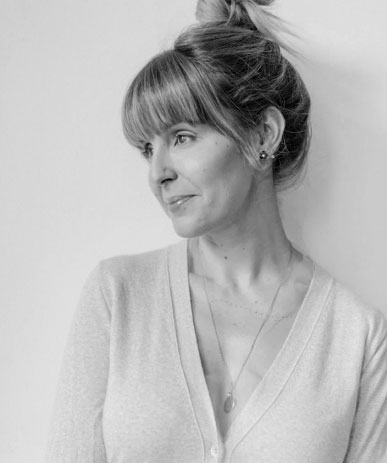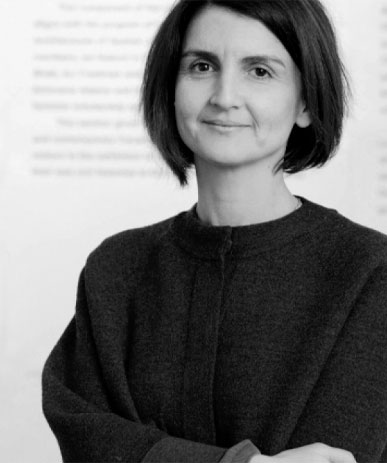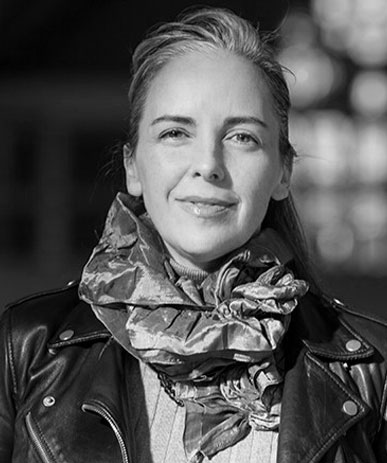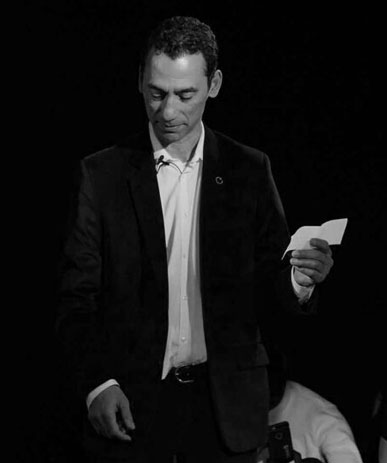Études de cas
Justice réparatrice
* For image references, please scroll to the bottom of the page.
Author of case study: Marcela Torres Molano
Geopolitical location of space:
601 5th Street SW
Calgary, Alberta
Extant? Yes
Architect:
Bill Chomik, Kasian Architecture and Interior Design
Yes, the court combines two separate systems: the Alberta Provincial Court and the Peacemaker process (restorative).
Yes, the circular shape of the room was designed to avoid having a judge sitting in front, and people sitting lower than the judge. It was designed based on a model of peacemaking circles to resolve conflicts, heal the offender and the victim, and restore relationships.
“[…] the circular shape is constructive for face-to-face communication by promoting a sense of equity and participation and consensus in discussions and decision-making.” Dr. Reg Crowshoe
Participants (judges, prosecutors, judicial clerks and peacemakers) are predominantly Indigenous.
It is an official court room part of the Alberta Court system.
“The dark wood panelling lining the entryway and courtroom itself announces the formality of the room and the gravity of its function.” (Scout, 2017). The space was designed with previous consultation with First Nations, Métis communities, representatives from the Tsuu T’ina Peacemaker Centre, as well as elders from various communities.
“Courtroom 1800, also known as the Aboriginal Courtroom, is unlike any other courtroom in the building. Indeed, it is unlike any other courtroom in the country.” (Scout, 2017). It is located in the Calgary Courts Centre (92,903 square meters), a building designed by NORR Architects and Engineers.The courtroom has a circular shape inspired by a beaver den. It is placed within the band office which is shaped like a beaver lodge. It uses the traditional symbols of the Tsuu T’ina Nation to represent the culture in the design. The circular room, with a conical form inspired by teepee architecture, allows healthy air circulation within the courtroom (smudging, sage or sweet grass, is part of the court process). “The designers modeled the courtroom on a ceremonial teepee in a circular structure that allows the release of smoke from a smudging altar in the centre.” (Wang, 2019).
Courtroom 1800 has a round granite hearth in the middle of a circle-patterned carpet and uses softer colours to create a comfortable and non-hierarchical space. The large round table can be removed and stored to allow participants to sit in a circle. The table is located on a carpet that depicts the medicine wheel, with the colours red, blue, yellow and white.
“Teepee pole motifs on the ceiling mimic the teepee’s structural poles radiating outward from the centre. The traditional smoke hole is represented by a huge fan that ventilates smoke from the occasional sweetgrass smudge.” Bill Chomik. The architects understood the importance of taking the Tsuu T’ina court’s experience into account. They worked in collaboration with First Nations and Métis communities, representatives of the Tsuu T’ina Peacemaker Centre, as well as elders from different communities.
The size and shape of the space were planned to be flexible for Aboriginal justice. The circular shape allows actors of the justice process (judges, lawyers, victims, the accused, elders, families and their supporters) to sit in an open circle and more importantly to communicate face-to-face. The room has an additional function as a classroom and meeting space three or four times a month. “We knew we wanted to build a space that held universal First Nations principles, and it had to be large and flexible enough to accommodate Aboriginal justice.” Bill Chomik. Courtroom 1800 is located inside of a concrete, steel and glass building that hosts 73 courtrooms, judicial chambers and other facilities. The structure includes many post-9/11 security features (Scout, 2017).
“I think this is a great opportunity to have a space where Aboriginal people can feel comfortable and feel that their identity, protocols and their ceremonies are being honoured.” Littlechild
Court opens Wednesday with a morning ceremony, to hear cases in the afternoon. “A peacemaking circle begins with a ceremony. It may be a traditional ceremony using sage or sweetgrass, a prayer, or just a simple statement that the circle is about to deal with an important matter” (in Maya, 2019). The clerks wear embroidered eagle feathers. The Tsuu T’ina Nation Court uses Courtroom 1800 on the first and third Friday of every month for hearings and sentencing circles.
Indigenous justice works to resolve the conflict, through truth-seeking, restoring of relationships, healing and restoring harmony. During a Circle hearing, each person speaks uninterrupted. The first time, people speak about what happened. The second time, each person explains how they were affected. The third time, they speak about what could be done. The fourth time, participants speak about agreements. Instead of having an impartial judge, participants work towards consensus in their discussions. A judge member of the First Nations Bar, is in charge of bridging the Euro-Canadian legal system with the First Nations communities. There is one Peacemaker coordinator and two Peacemakers, Elders. They work as witnesses to hold the trust and respect of the community.

est auteure, conférencière, chroniqueuse et podcasteuse dans les domaines de l'architecture et des arts décoratifs. Elle termine sa maîtrise en histoire de l'art à l'Université Concordia, à Montréal, et détient un baccalauréat en commerce avec une majeure en marketing de la John Molson School of Business. Elle a étudié la psychologie industrielle à Los Angeles, en Californie. Sicotte est l'auteure de deux ouvrages publiés sur le design (2015, 2018) aux éditions Cardinal.

est candidate colombienne au doctorat au Département d'histoire de l'art de l'Université Concordia. Elle a une formation en design architectural et en activisme communautaire et détient une maîtrise en bâtiment et design urbain de la Bartlett School of Architecture à Londres, en Angleterre. Ses intérêts se concentrent sur l'art socialement engagé, les mouvements sociaux, l'activisme collaboratif dans des scénarios post-conflit, l'art produit collectivement et l'art produit en relation avec le cadre bâti.

est candidat au doctorat en sciences humaines à l'Université Concordia. Ses recherches portent sur l'agentivité spatiale, l'esthétique sociale, les récits des jeunes et les représentations graphiques de la mémoire urbaine. Il a publié sur la relation entre les enfants, le jeu et l'espace public à Carthagène, en Colombie. Il a également travaillé comme éditeur sur des projets littéraires, dont Territorio Fértil, qui a reçu le prix María Nelly Murillo Hinestroza pour la littérature afro-colombienne.

est professeure agrégé et Chaire de recherche du Canada en architectures de justice spatiale (niveau 2) à l'École d'architecture Peter Guo-hua Fu de l'Université McGill, Montréal, Québec, Canada. Ses intérêts de recherche comprennent le logement à loyer modique et le design participatif, la protestation civile et le design urbain, ainsi que les paysages des campus et la race. Ses publications incluent le livre co-édité, Orienting Istanbul (2010) et le livre (auteure unique), Istanbul Open City (2018).

est artiste et professeure d'histoire de l'art à l'Université Concordia. Ses travaux portent sur les femmes et l'histoire du cadre bâti, les paysages urbains, la recherche-création et l'histoire orale. Elle a publié sur l'histoire spatiale du mouvement pour le suffrage des femmes, l'art public, les jardins et les politiques du changement urbain. En plus de ses recherches sur les espaces de justice réparatrice et transitionnelle, elle dirige un projet d'histoire orale sur les mémoires urbaines des montréalais et montréalaises.

est un ancien titulaire de la Chaire de recherche du Canada en interprétation de l'histoire orale (2016-2021). Il est professeur agrégé au Département de théâtre de l'Université Concordia et codirecteur du Centre d’histoire orale et de récits numérisés (CHORN) de Concordia. Sa subvention de la Fondation canadienne pour l'innovation en infrastructure lui a permis de créer le Laboratoire d'écoute active (ALLab) en 2018. Basé au CHORN, l'ALLab est un centre de recherche-création de premier plan pour le pouvoir transformateur de l'écoute.